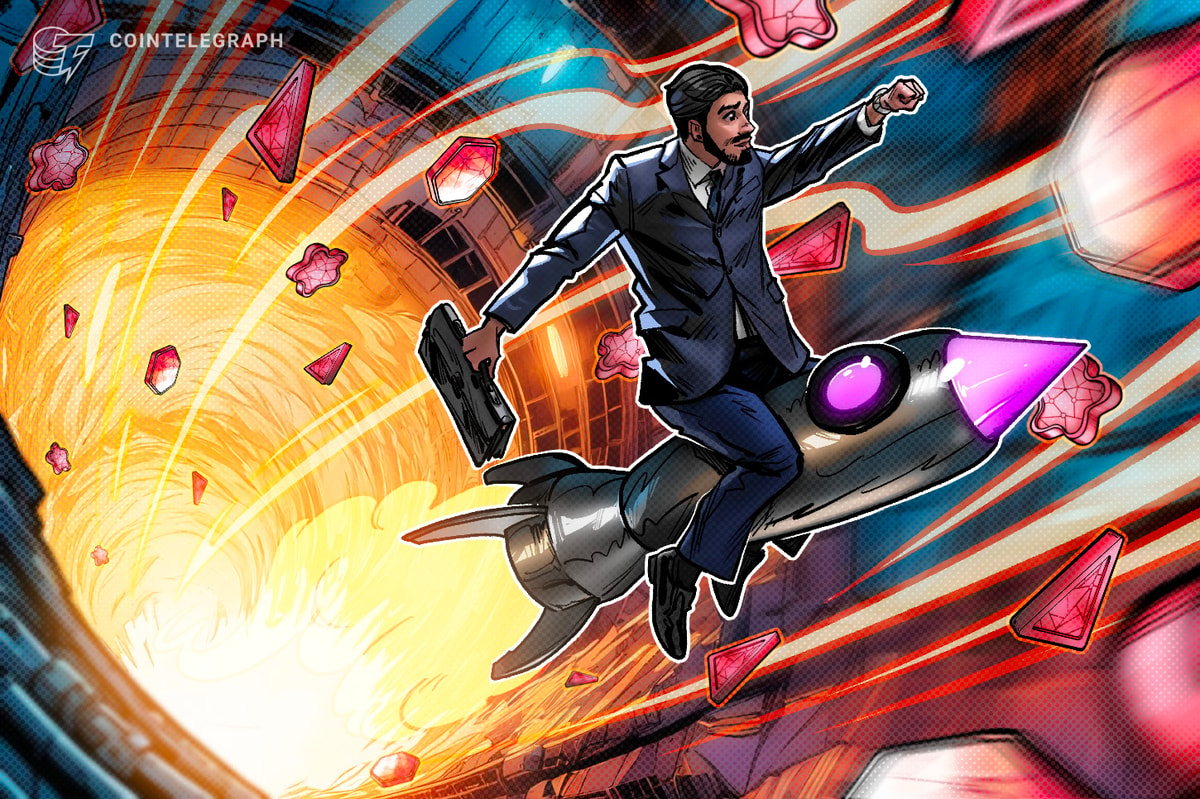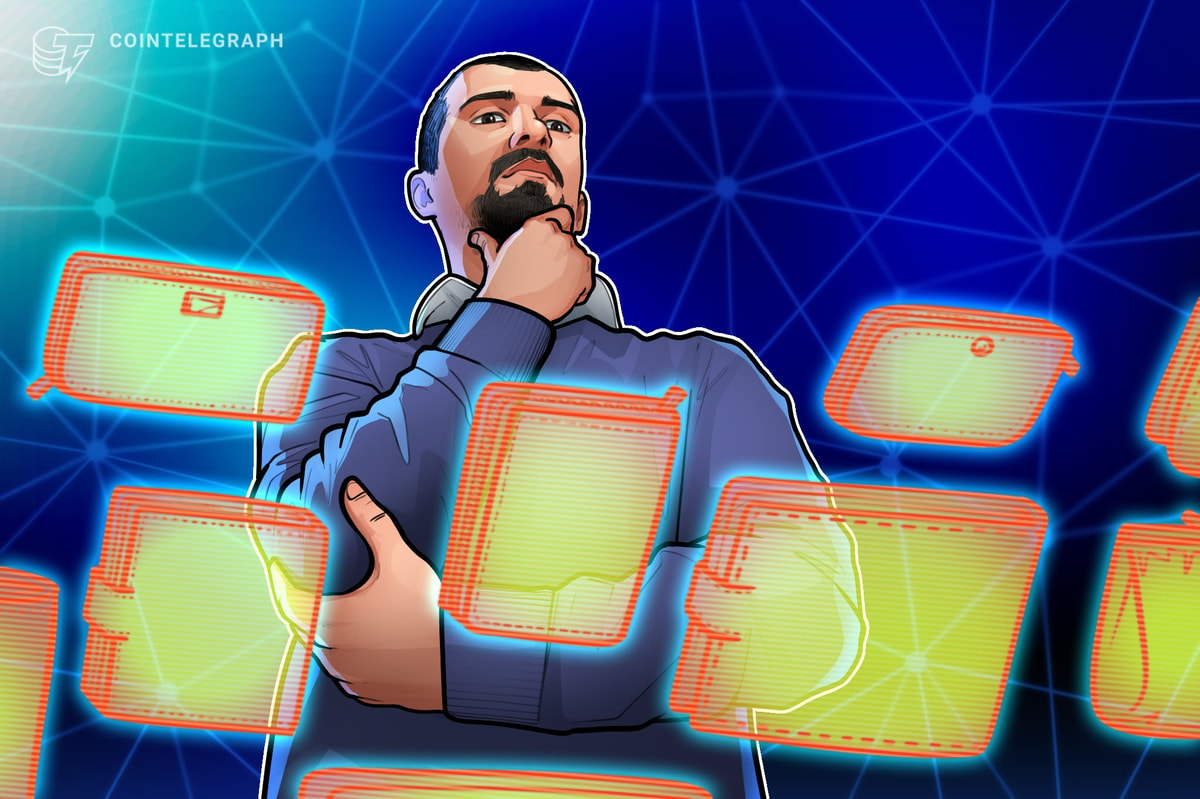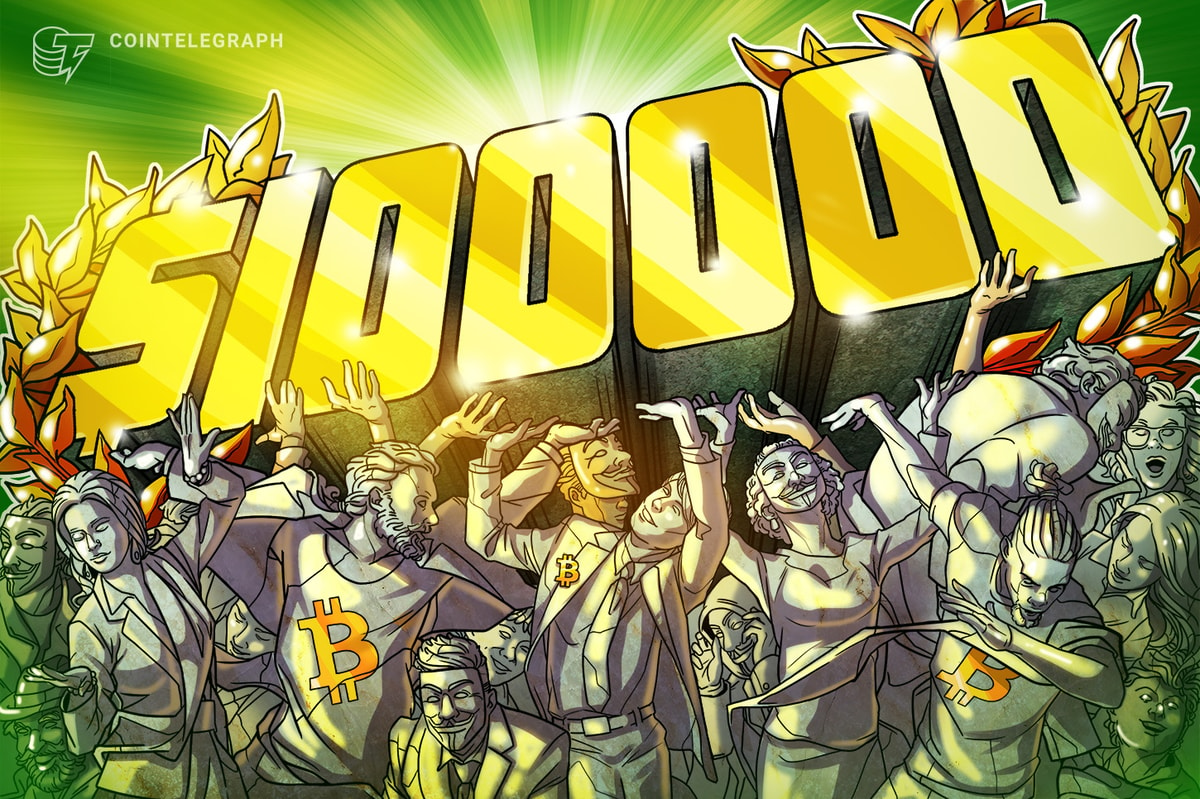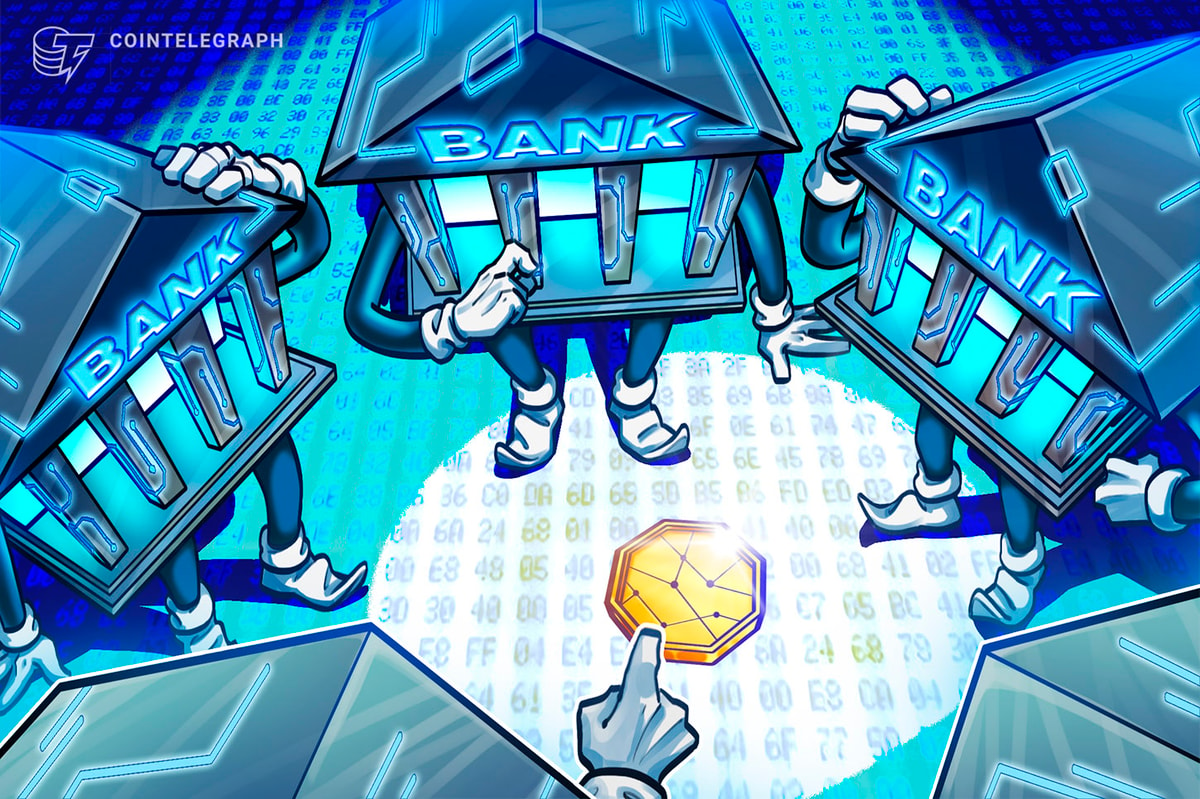Curve founder Michael Egorov says he has fully repaid the $10 million in bad debt resulting from soft liquidations that were triggered due to a hacking attempt on June 13.
Following the incident, Egorov took to social media to explain, “ [The] size of my positions was too large for markets to handle and caused $10M of bad debt,” before claiming he had already paid 93% of the debt.
The Hack
The June 13 hack attempt resulted in soft liquidations of Egorov's positions due to a dramatic, temporary increase in borrowing costs. At the height of the crisis, Egorov faced $140 million in liquidations due to $95 million in stablecoin debt, and a $60 million annualized fee to keep his positions open.
More significantly, Curve's token, CRV, suffered a sharp decline amid the incident—plummeting by 28%. As a remedy, the Curve founder proposed burning 10% of CRV tokens, valued at $37 million, to stabilize the price of the token and offered increased APY as an incentive to voters of the initiative.
Related: Curve Finance awards dev $250K for finding reentrancy vulnerability.
Curve's recent crisis has reignited questions and concerns surrounding the risks posed by Egorov's debt positions to the stability of the Curve platform, first proposed in a 2023 Delphi Digital report. The report argued that Egorov's $100 million in loans across DeFi protocols could trigger an implosion in DeFi.
LLAMMA soft liquidation mechanism works as intended
Despite the significant pressures placed on the Curve platform, LLAMMA's soft liquidation mechanism performed as intended, Curve founder Michael Engorov explained.
"The system showed a fantastic performance. This gave time for liquidators to prepare funds and OTC-liquidate the hacker's position. As a result, the system has no hacker's funds left, no bad debts, everything operates well."
The soft liquidation mechanism works by eroding a borrower's "health" as a debtor and slowly liquidating their funds. Once the borrower's health has hit 0%, the mechanism performs a hard liquidation of the borrower's assets and closes out that loan.
Magazine: Beyond crypto: Zero-knowledge proofs show potential from voting to finance.










